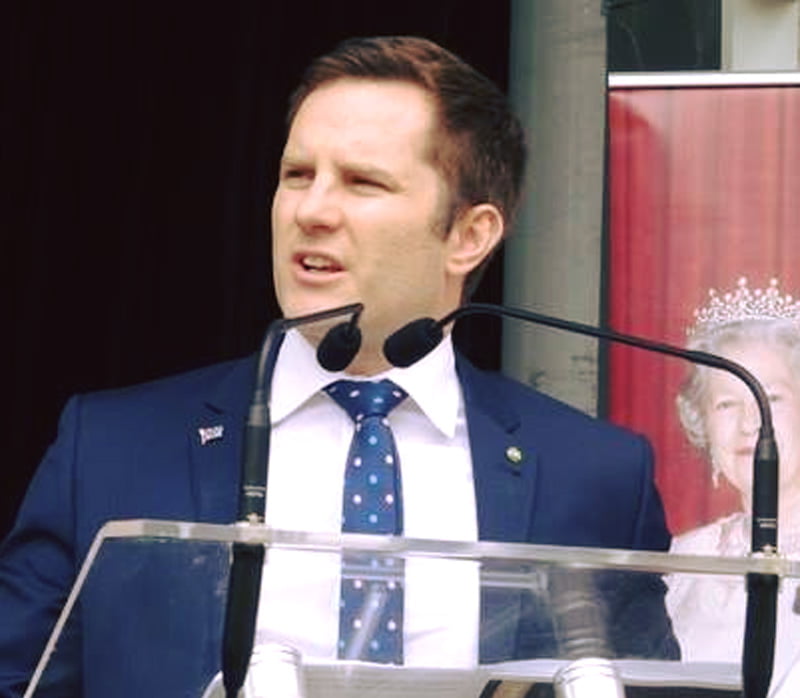American IT firm Unisys has won a $44.2 million government contract to develop a new facial recognition system to identify all incoming travellers to Australia.
The new Enterprise Biometric Identification Services (EBIS) system will process and analyse biometric data from all travellers entering Australia, alerting the Australian Border Force when “intervention” is needed.
It will match facial images and fingerprints of those wishing to enter Australia with visa and citizenship applications and global watch lists.

The contract is for the replacement of the department’s existing biometric matching system used in airports, which was also designed by Unisys 12 years ago.
The EBIS will “vastly improve Australia’s biometric storage and processing capability” as the federal government aims to be a “world leader in the delivery of biometric collection”, home affairs assistant minister Alex Hawke said.
“The EBIS system will significantly increase our biometric collection and storage capability, giving us an even stronger platform to identify and protect Australia from individuals who might wish to do us harm,” Mr Hawke said.
“It will also help us to identify and facilitate a more seamless travel experience for people who present no risk.”
“This is a vital tool for our visa and citizenship services and it provides a significant boost to Australian security to deal with growing international traveller and migration numbers.”
Mr Hawke said the new system will allow the government to meet its “ambitious objective” of collecting biometric data from every person who travels to Australia.
Since 2013, the number of facial images collected by the government has tripled, while the number of fingerprints collected has increased by ten times, the government said.
The EBIS will based on the Unisys Stealth (identity) multi-factor identity management and authentication solution, which supports face, finger, iris and voice recognition.
The system is designed to cater for more than 100,000 transactions daily and more than 100 million records. It will use biometric matching algorithms developed by IDEMIA.
Unisys Asia Pacific vice president Tony Windever said the rapid growth in border crossings in Australia has led to a need for improve digital services.
“This places pressure on border clearance staff to verify the identity of travellers and confirm they are who they say they are more quickly and more accurately to prevent delays, avoid queues and improve the experience for travellers arriving in and departing from Australia,” Mr Windever said.
“We have drawn on our wealth of knowledge built working with the Australian government, and with other clients around the world, to design a solution that quickly flags people who require further investigation while allowing legitimate travellers to efficiently pass through border clearance.”
Speaking at the National Press Club last month, home affairs minister Peter Dutton said the goal is for facial recognition to replace the use of passports in all Australian airports.
“For the numbers of people coming through our airports, I want them to walk seamlessly down and, in time and we’re not far off this, with facial recognition on the move, people’s passports will stay in their pocket. They will walk from the plane directly out to the curbside and depart the airport,” Mr Dutton said.
Last year’s federal budget allocated $95 million to strengthen and speed-up the visa process with new technologies to “bolster the prosperity and protect Australia into the future”.
The federal government is greatly expanding the use of facial recognition in immigration and law enforcement. Last October it announced the $18.5 million National Facial Biometric Matching Capability, which will pull state and territory databases of citizen identification to be matched against CCTV footage.
Earlier this month two bills were introduced into Parliament allowing for the creation of this system and its use by law enforcement agencies.
The plans have been labelled a “massive privacy overreach” by digital rights advocates, and concerns have been raised over the accuracy of these systems.
Do you know more? Contact James Riley via Email.

